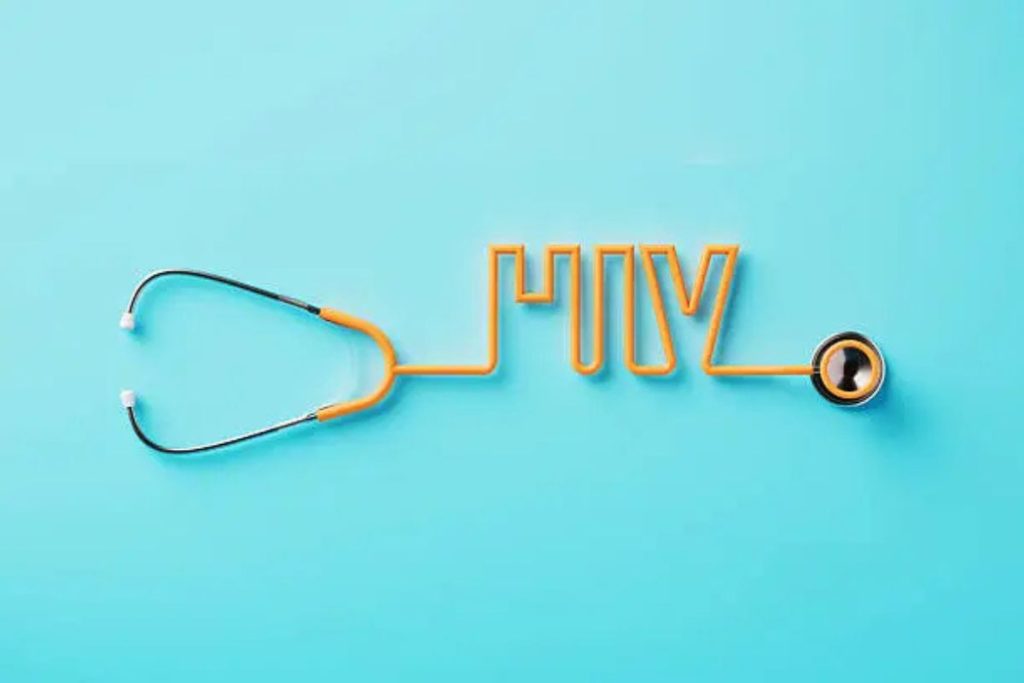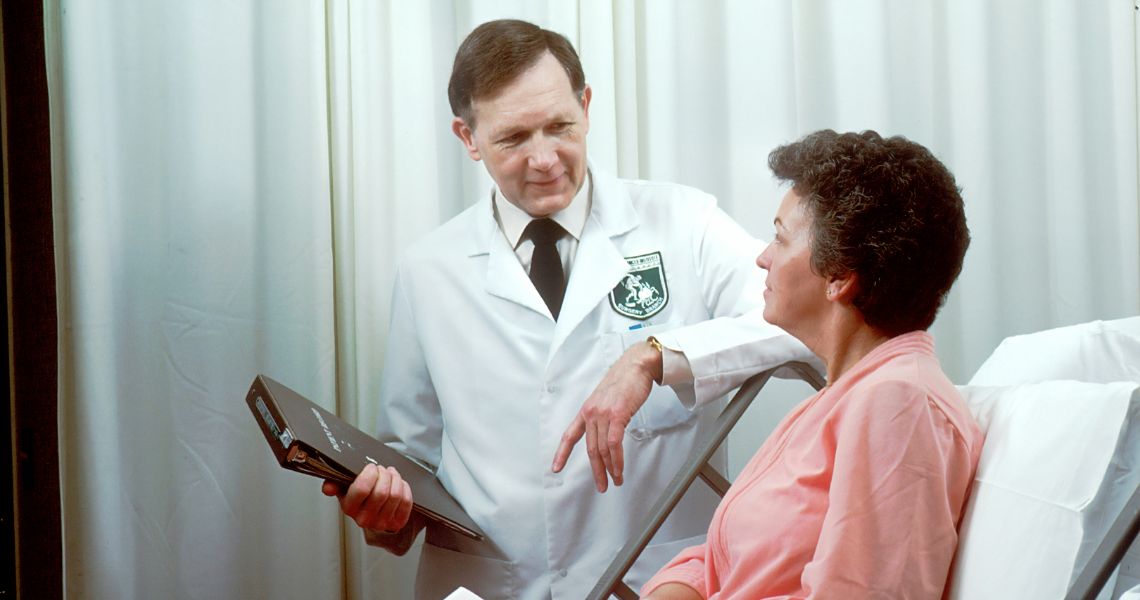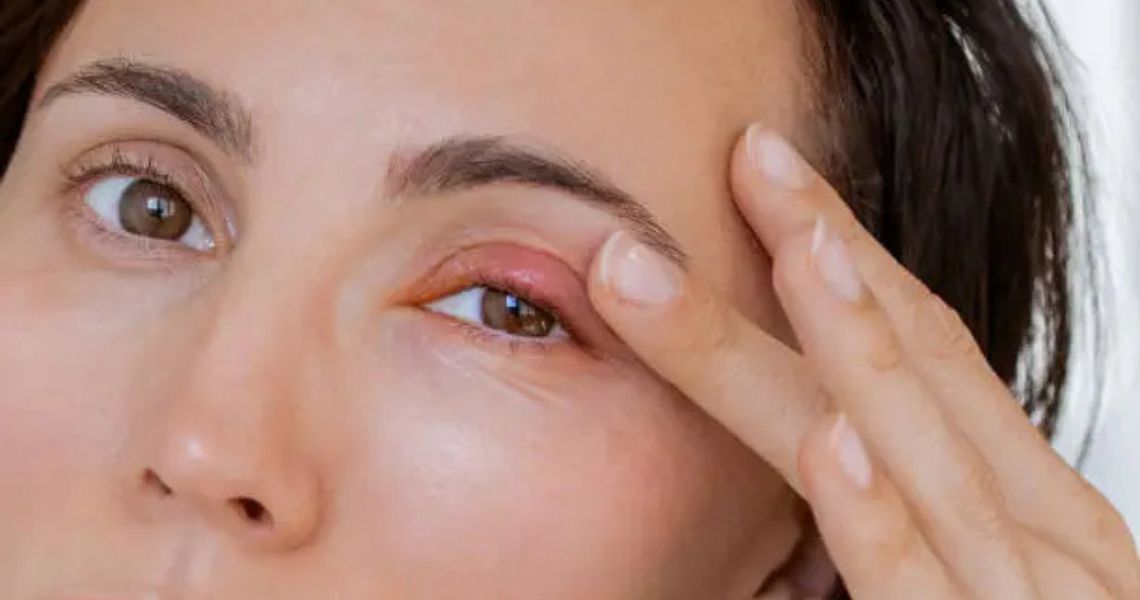People talk a lot about periods and pregnancy when discussing women’s health. Sure, those topics matter, but honestly, they’re just a slice of the whole story.
Preventive healthcare needs just as much attention as periods and pregnancy, since it helps women dodge serious conditions and feel better overall as they get older. That means regular screenings, making healthier lifestyle choices, and knowing your family’s medical history.
Plenty of women don’t realize that preventive care saves money and hassle down the line. Catching things like cervical cancer, heart disease, or osteoporosis early makes treatment way easier and more effective. When women know what prevention options are out there, they’re better equipped to take charge of their health.
Expanding the Conversation Beyond Periods and Pregnancy

Sexual health education really needs to go beyond just menstruation and pregnancy prevention. A good approach should tackle social barriers, misinformation, and preventive care that matter at every stage of life.
Why Menstrual Health Education Is Not Enough
Menstrual education is helpful, but it barely scratches the surface of what people need to know about their bodies. Research shows about 65% of young adults wish they’d learned more about sexual health when they were younger.

Most current education sticks to biological basics and skips over things like emotional well-being, consent, or building healthy relationships. That leaves some pretty big gaps, and those gaps can lead to not-so-great health decisions later.
In a lot of schools, sexual health education gets maybe 3-5 hours a year, mostly focusing on periods and abstinence. That’s just not enough to prep young people for managing their health long-term. Programs that offer more than just the basics actually lead to better health outcomes, like fewer STIs and unintended pregnancies.
Social Stigma and Misinformation
People still feel awkward talking about sexual health. A recent survey showed 72% of adults feel uncomfortable bringing up sexual health with their doctors. This discomfort just fuels misinformation. False claims spread like wildfire on social media, and 43% of teens say that’s where they learn about sexual health.
Some common myths floating around include:
- Thinking STIs always have obvious symptoms
- Believing certain birth control methods cause infertility
- Assuming you don’t need screenings unless you have symptoms
Doctors end up spending a lot of time correcting these myths instead of focusing on actual health concerns. If we want to break the stigma, we need to make conversations about sexual health feel normal—at home, in school, and with healthcare providers.
Barriers to Comprehensive Sexual Health Care

The cost of care still stops a lot of people from getting what they need. Even with insurance, copays and deductibles can be high. About 38% of adults say they’ve put off care because of money worries. Where you live matters, too. Nearly 19 million Americans are stuck in areas with hardly any access to contraceptive clinics, sometimes hours away.
Privacy is another big issue, especially in smaller towns. Young adults worry about being judged or having their confidentiality violated. In some places, local policies limit what healthcare providers are allowed to discuss, which means people in different communities don’t always get the same information or services.
Telehealth and other tech solutions help with some of these problems, but not everyone has reliable internet or devices, so there’s still work to do.
HPV Test
HPV (human papillomavirus) testing is a crucial preventive step that often gets ignored in basic health talks. Around 80% of sexually active people will deal with HPV at some point. When you get a regular HPV test, you can spot high-risk strains before they turn into cancer. Most people with cervixes should start getting the test with their Pap smears at age 30.
HPV testing can:
- Catch cancer risks earlier
- Reduce the need for invasive procedures
- Help tailor screening schedules to the individual
Still, not enough people get these tests—only about 43% of those who should, actually do. Lack of awareness and insurance issues are a big part of the problem.
The HPV vaccine, which is recommended for everyone starting at 11-12 years old, protects against the worst strains. Yet, only about 54% of people nationwide have gotten the vaccine, which is way below what public health experts hope for.
Understanding Prevention in Reproductive Health

Prevention really shapes reproductive health over a lifetime. Taking action early can stop a lot of common problems before they even start.
Essential Role of Preventive Screenings
Regular screenings help catch reproductive health issues early. For people with uteruses, Pap smears can spot cervical cancer and should start at age 21, usually every three years. Pelvic exams check on reproductive organs and can find things like fibroids or cysts. Most adults should get them once a year.
If you’re sexually active, STI testing is a must. The usual tests are for:
- HIV
- Chlamydia
- Gonorrhea
- Syphilis
People with testicles should do regular self-checks for lumps or changes, and men over 50—or younger if there’s a family history—should get professional prostate exams.
Importance of Vaccinations for Reproductive Wellness
The HPV vaccine prevents infections that can turn into cervical cancer or genital warts. It works best if given before someone becomes sexually active, usually around ages 11-12. Getting the hepatitis B vaccine protects against a virus that can pass from mom to baby at birth and can cause serious liver issues.
The rubella vaccine (part of the MMR shot) stops an infection that could cause major birth defects during pregnancy. These vaccines are safe and work well. Most of the time, the side effects are just mild stuff like a sore arm or a little fever.
Preventive Contraception Options
Barrier methods like condoms and dental dams help prevent both pregnancy and STIs. They create a physical barrier that blocks sperm and disease transmission—simple but effective. Hormonal options, such as pills, patches, rings, and shots, work by stopping ovulation or thickening cervical mucus. Honestly, some people swear by them, while others find the routine a bit much.

Long-acting reversible contraceptives, or LARCs, usually mean IUDs—hormonal or non-hormonal—or implants. You get one of these, and you can pretty much forget about it for years. These methods can be over 99% effective, lasting anywhere from 3 to 10 years, depending on the type you choose.
Emergency contraception gives you a backup plan after unprotected sex. It works best if you take it within 72 hours, but it can still help up to five days later. Timing matters here, so don’t wait around if you need it.
Images courtesy of unsplash.com and pexels.com












